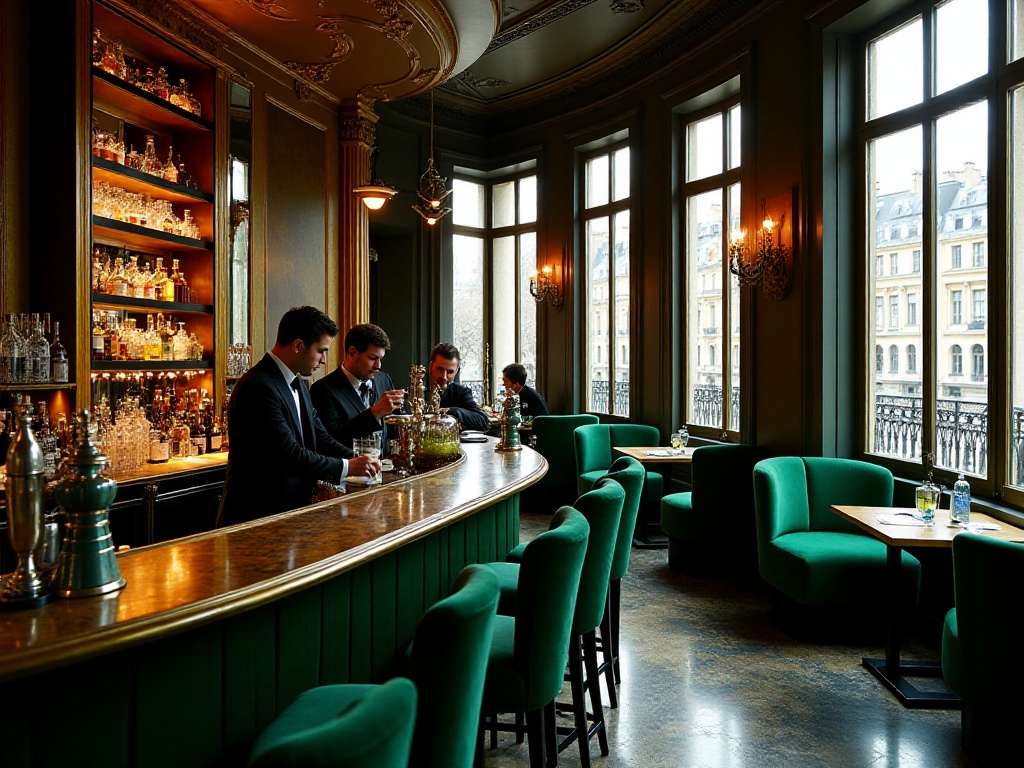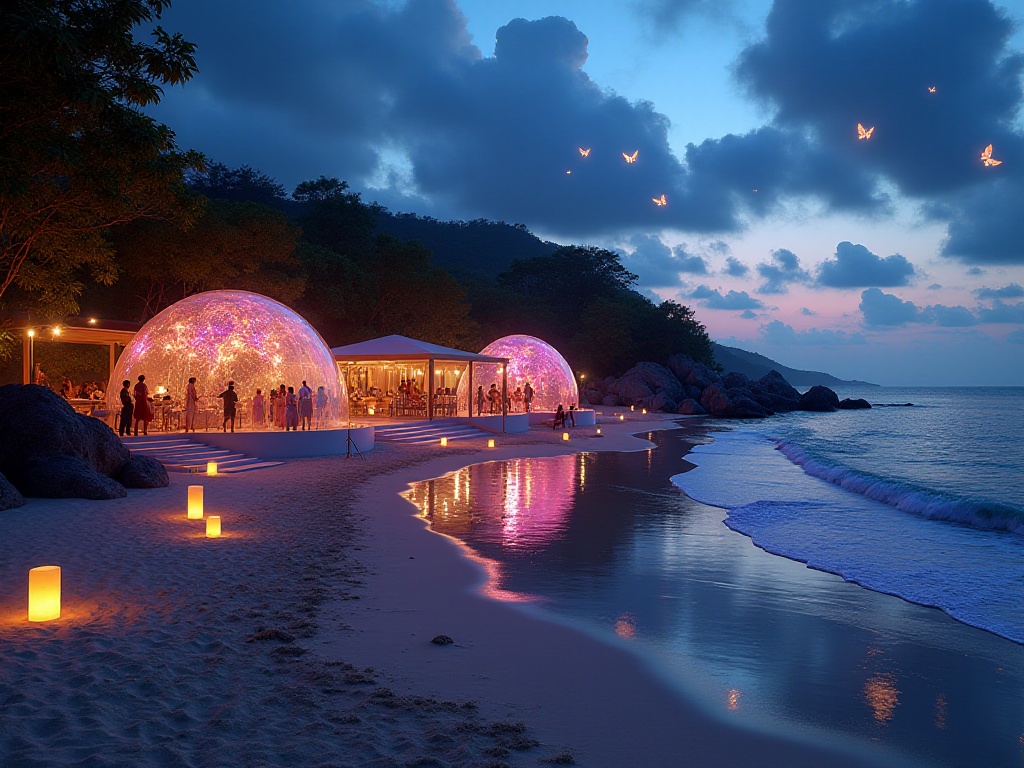I still vividly remember how I felt when I first set foot in Tokyo. Fresh off the plane, dragging my suitcase, I rushed straight to Shibuya. Standing at the world-famous crossing, surrounded by endless crowds, beneath the flickering neon lights, I felt my heart almost stop.
Colorful billboards illuminated the night sky, the rumble of subway trains echoed in the distance, and convenience store automatic doors opened and closed with crisp electronic chimes. This was the Tokyo nightlife I had dreamed of - vibrant yet somehow comforting.
As a travel blogger who has traversed major cities across Asia, I've witnessed countless amazing nights. Sometimes dancing to electronic music in Seoul's Hongdae underground clubs, sometimes enjoying cold beers at Bangkok's Khao San Road open-air bars, but most often, like now, searching for stories in the streets and alleys of various cities at night.
When people mention Shibuya, most think of the busy crossing first. But for me, Shibuya is like a giant treasure box, with new surprises to discover every visit. In 2024, Shibuya has reached new heights, maintaining its traditional charm while adding many fresh elements.
Previously, Shibuya's nightlife was concentrated around the station area. Now, the entire Shibuya district has become a playground for young people. The station area alone has over 200 late-night establishments. Walking the streets, you never know what surprise awaits around the next corner.
Last month, I discovered a jazz bar hidden in a commercial building's basement. The entrance had only an understated sign, but pushing open the door felt like stepping into last century's New York. The house band was playing John Coltrane classics, the bartender skillfully shaking cocktails, while suited office workers at the counter quietly discussed work.

In Shibuya, what fascinates me most are the late-night eateries. "Taishū Sakaba" is my favorite - this izakaya behind the Shibuya 109 building looks unremarkable from outside, but the stories inside keep you coming back.
The owner, a man in his 60s, has 30 years of culinary experience. He told me he was once head chef at a Michelin-starred restaurant in Ginza but ultimately chose to open this casual izakaya. Here, you can enjoy delicious food while listening to the owner's tales of Tokyo's transformation.
His beef bowl is absolutely the house specialty. Using A5-grade wagyu from Hokkaido, marinated in special sauce and cooked to perfection, every bite is juicy and tender. The pickled radish garnish perfectly complements it, its crisp freshness balancing the meat's richness.
Price-wise, a set meal costs about 1,500 yen, including main dish, side dishes, miso soup, and tea. For prime Shibuya real estate, this is quite reasonable. After 11 PM, they offer late-night specials with all drinks half-price.
Besides "Taishū Sakaba," I recently discovered a unique ramen shop. It's an ordinary office by day, opening only at 10 PM. The owner, a programmer, says he opened it to serve warm ramen to "corporate warriors" working overtime. The broth simmers for 12 hours, the noodles are custom-made thin style, topped with soft-boiled egg and char siu - every bite soothes a tired soul.
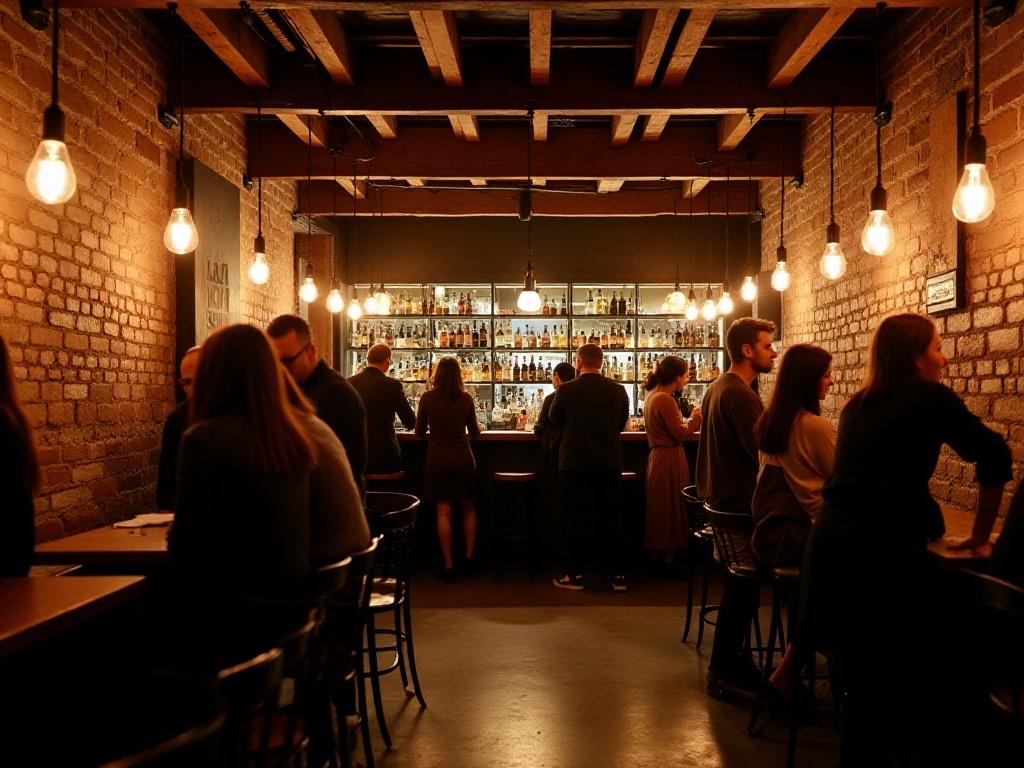
Speaking of Shibuya nightlife, its rich music scene can't be ignored. Beyond traditional live houses, there are clubs and music bars of various styles. The recently opened "WOMB" club has become a youth favorite.
This club's design is very avant-garde, with a futuristic style throughout. LED strips cover the ceiling, changing colors with the music's rhythm. A massive mirror ball hangs above the dance floor, projecting moving light patterns on the walls, creating a dreamlike atmosphere.
Every Friday night, DJs from around the world take turns performing. Last week, I caught a famous Berlin DJ. He perfectly fused techno with traditional Japanese music elements, creating a unique musical experience. The whole dance floor was electric - even I, not much of a dancer, couldn't help moving.
Tickets are 3,000 yen, including one basic drink. While not cheap, considering Tokyo's cost of living and performance quality, it's worth it. Weekend reservations are strongly recommended as it often sells out. Once I waited nearly two hours without a reservation.
Besides "WOMB," Shibuya has many other worthy music venues. Like "Blue Note Tokyo" for jazz - though expensive, you can see world-class artists perform live. There are also underground live houses which, though small, often feature promising new bands.
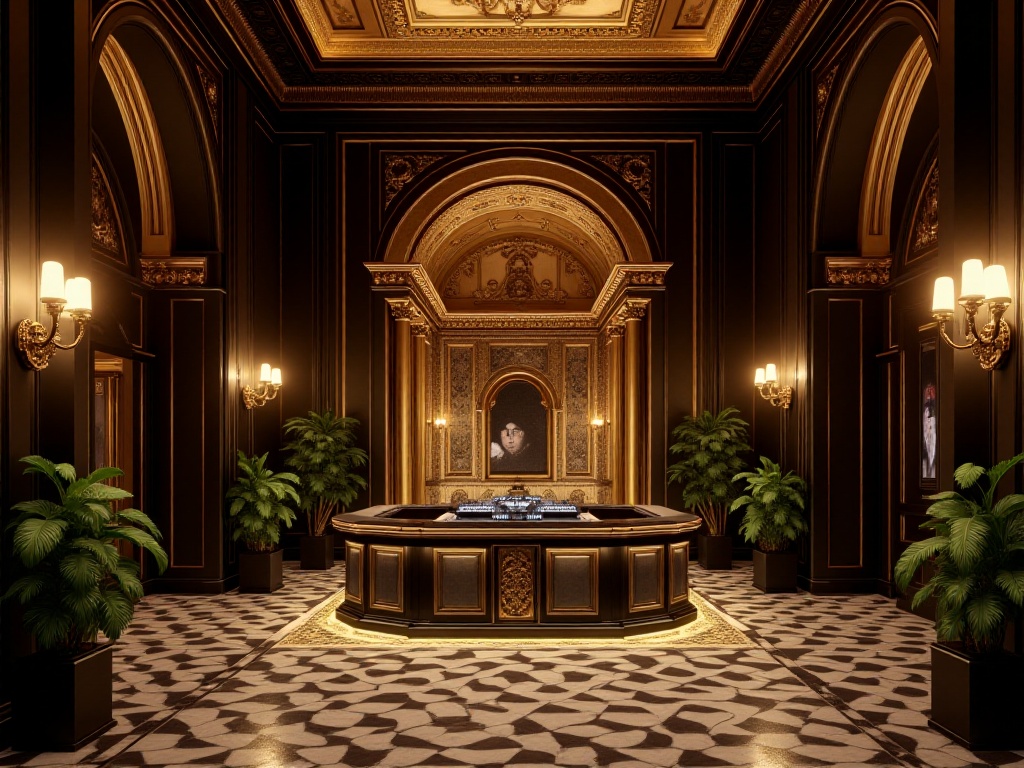
Shifting from Tokyo to Shanghai, these two cities' nightlife has distinctly different styles. During my two years in Shanghai, I witnessed huge changes in the city's nightlife. From simple entertainment to today's diverse cultural experiences, Shanghai's nightlife is undergoing unprecedented transformation.
The most obvious change is young people's consumption patterns. Shanghai's youth are no longer satisfied with simple eating, drinking, and entertainment - they seek quality, meaningful nightlife experiences. Integrated venues combining culture, art, and cuisine are emerging as new favorites.

Speaking of Shanghai's bar culture, "Goodnight Bar" on the Bund is a must-mention. The location is carefully chosen, in a century-old shikumen building. Pushing open the heavy wooden door feels like traveling back to Shanghai's golden age.
The interior design blends Eastern and Western elements - antique clocks, Republican-era posters, crystal chandeliers - every detail is carefully considered. Most attractive is the L-shaped bar counter, crafted from solid redwood - beautiful just to look at.
Bartender Xiao Wang, 2023 Asian Bartending Champion, makes cocktails that are not just delicious but story-worthy. Their signature cocktail "Oriental Night," inspired by the Bund's nightscape, uses traditional Chinese baijiu as base spirit, combined with Italian vermouth and house-made jasmine syrup, finished with smoke - served with a light mist like the Bund's morning fog.
At 88 yuan, prices are mid-range for Shanghai bars, but considering the bartender's skill and ambiance, it's great value. Weekend waits can exceed 2 hours, so reservations are strongly recommended.
Besides "Goodnight Bar," a new concept bar called "Late Night Library" recently opened near Xujiahui. It's a café and independent bookstore by day, transforming into a literary bar at night. Bookshelves line the walls, allowing patrons to read while drinking. They regularly host poetry readings and author talks, adding literary flair to nightlife.
Shanghai offers rich late-night dining options, from street food to fine dining, from local to international cuisine. "Night Owl" restaurant near Jing'an Temple is my favorite.
What's special is the operating philosophy. The owner, born in the 1980s, quit his international banking job to open this restaurant. He wanted to provide a warm place for urban professionals working late like himself.
The menu fuses Shanghai and Cantonese dim sum styles. Their most popular item is xiaolongbao, limited to 1,000 baskets daily, using South Xiang's traditional recipe but with innovative fillings. Beyond traditional pork, they offer truffle beef and seafood variations.
At midnight, you'll still see queues of office workers, dating couples, and young people after gatherings. The owner says these diverse faces and stories compose Shanghai's most vivid nightlife.
Besides xiaolongbao, their scallion oil noodles are a must-try. The noodles are handmade using special staged flour, limited to 200 servings daily. Topped with secret-recipe scallion oil sauce - simple but unforgettable. The late-night set at 68 yuan includes one basket of xiaolongbao, one serving of scallion noodles, and a seasonal side dish - great value.
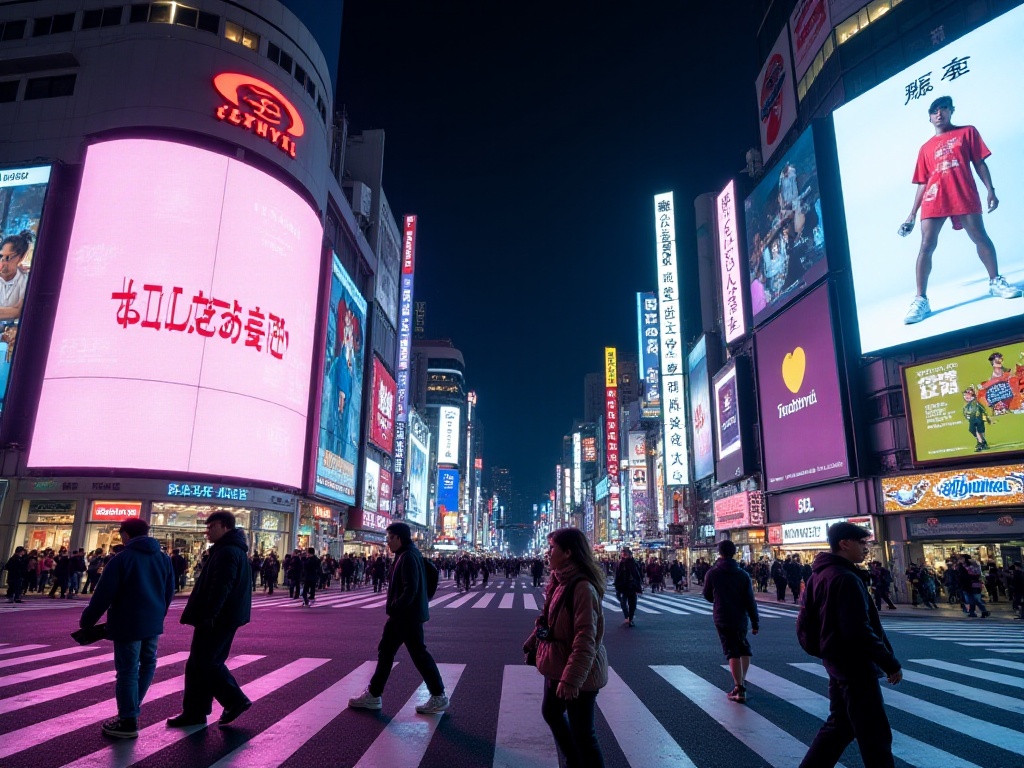
Through these cities' nightlife, we can clearly see changes in Asian youth lifestyles. Today's young people seek more than simple entertainment, valuing experience quality and cultural content.
Recent tourism data shows night economies in major Asian cities grew over 30% year-over-year in 2024, with nightlife venues increasing 25%. These numbers reflect younger generations' pursuit of quality living and embrace of diverse cultures.
In Tokyo, I see young people discussing latest tech trends in traditional izakayas; in Shanghai, professionals discuss ideals in literary bars. These scenes show nightlife isn't just entertainment but expression of lifestyle.
Each city's nightlife has unique charm. Tokyo's refinement and order, Shanghai's innovation and inclusiveness - all speak to each city's character. Walking night streets, can we feel the city's pulse?
For those wanting to experience nightlife, I recommend: First, do research, understand destination features and cultural taboos; Second, prioritize safety, go with companions, drink moderately; Finally and most importantly, maintain an open and inclusive mindset - each city has unique charm waiting to be discovered.
Nightlife isn't the destination but a window into understanding cities. Through this window, we see another side of cities, experiencing different cultural atmospheres. Set out with curiosity and exploration, but leave room for reflection. Often, the best travel memories bloom quietly on night streets.
Looking forward to unexpected meetings in some city at night. Maybe at a Tokyo late-night eatery, Shanghai literary bar, or Seoul underground club. Let's measure city warmth with our steps and taste night's charm with our palates.
Next time, we'll explore European cities' fascinating nightlife. From London's underground music scenes to Berlin's electronic music paradise to Paris's literary cafés, experience different nightlife cultures together.
 Previous
Previous

